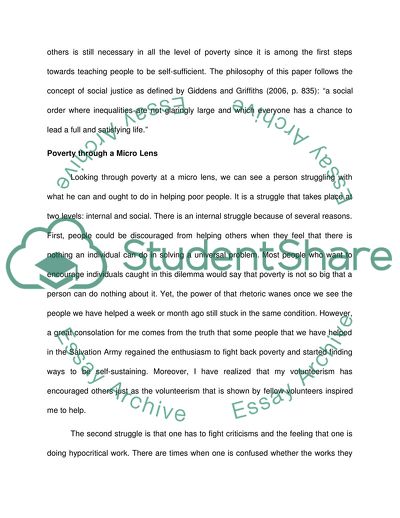Cite this document
(Examining Contemporary Poverty in Canada Case Study, n.d.)
Examining Contemporary Poverty in Canada Case Study. Retrieved from https://studentshare.org/social-science/1739214-social-issues-essay
Examining Contemporary Poverty in Canada Case Study. Retrieved from https://studentshare.org/social-science/1739214-social-issues-essay
(Examining Contemporary Poverty in Canada Case Study)
Examining Contemporary Poverty in Canada Case Study. https://studentshare.org/social-science/1739214-social-issues-essay.
Examining Contemporary Poverty in Canada Case Study. https://studentshare.org/social-science/1739214-social-issues-essay.
“Examining Contemporary Poverty in Canada Case Study”. https://studentshare.org/social-science/1739214-social-issues-essay.


